Home>Furniture & Design>Outdoor Furniture>How To Keep Outdoor Water Bowls From Freezing
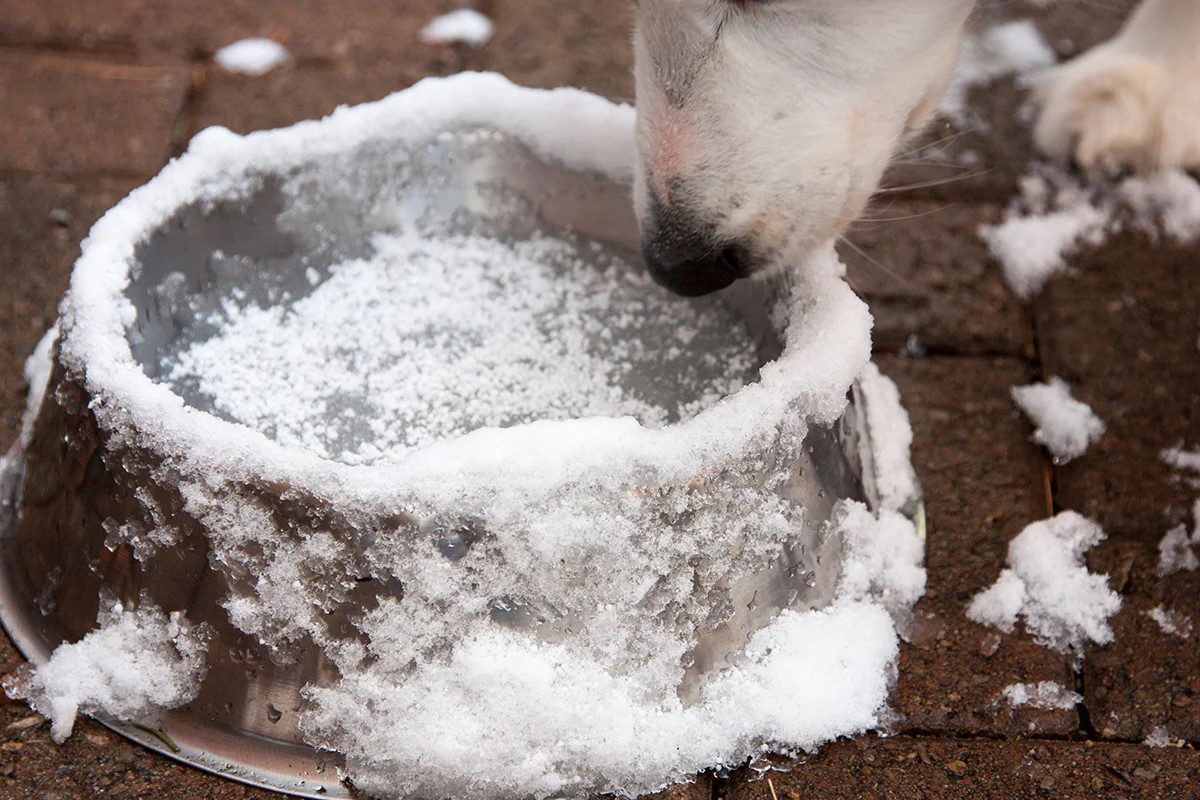

Outdoor Furniture
How To Keep Outdoor Water Bowls From Freezing
Modified: March 1, 2024
Learn effective strategies to prevent outdoor water bowls from freezing in cold weather. Keep your outdoor furniture and design intact with these helpful tips.
(Many of the links in this article redirect to a specific reviewed product. Your purchase of these products through affiliate links helps to generate commission for Storables.com, at no extra cost. Learn more)
Introduction
Welcome to the wonderful world of outdoor living! Whether you're a proud pet owner, a wildlife enthusiast, or a devoted bird watcher, you likely understand the importance of providing fresh water to your outdoor companions, particularly during the chilly winter months. However, the arrival of frosty temperatures can pose a significant challenge when it comes to keeping water bowls from freezing. Fear not, for in this guide, we will explore a variety of practical and innovative solutions to ensure that your outdoor water bowls remain liquid and accessible, even in the coldest of climates.
As the seasons shift and the air becomes crisp, it's crucial to address the potential freezing of water bowls. This issue not only affects domestic pets but also impacts wild animals and birds that rely on accessible water sources for hydration and bathing. By proactively addressing this concern, you can contribute to the well-being and comfort of the outdoor creatures that share your environment.
In the upcoming sections, we will delve into the nuances of selecting the right water bowl, insulating it effectively, and exploring the option of heated water bowls. Additionally, we will consider alternative methods for preventing freezing, ensuring that you have a comprehensive toolkit to tackle this common winter challenge.
So, whether you're sipping a warm beverage on your porch, observing the local wildlife, or simply enjoying the beauty of your outdoor space, let's embark on a journey to conquer the freezing temperatures and keep those water bowls flowing. Let's dive in and discover the best strategies for maintaining accessible water in your outdoor oasis, even when winter casts its icy spell.
Key Takeaways:
- Keep outdoor water bowls from freezing by choosing durable, stable, and insulated bowls. Consider heated options for extreme cold, and alternative methods like solar-powered agitators for off-grid spaces.
- Prevent frozen water bowls with DIY insulation, heated bowls, or alternative methods like frequent monitoring and floating deicers. Ensure continuous access to liquid water for outdoor pets and wildlife.
Understanding the Problem
As winter descends upon your outdoor haven, the dropping temperatures can quickly transform water into a solid, rendering it inaccessible to your furry friends, backyard visitors, and wildlife. The freezing of water bowls presents a multifaceted challenge, impacting both domestic animals and the natural ecosystem. Understanding the implications of this issue is essential in devising effective solutions.
For domestic pets, such as dogs, cats, and small animals that spend time outdoors, access to unfrozen water is crucial for their hydration and overall well-being. Depriving them of this essential resource due to freezing temperatures can lead to discomfort, dehydration, and potential health issues. Moreover, wild animals and birds that frequent your outdoor space rely on accessible water sources for drinking and bathing. By addressing the freezing dilemma, you can play a vital role in supporting the local wildlife and contributing to the ecological balance in your area.
The freezing of water bowls also poses logistical challenges for pet owners and outdoor enthusiasts. Constantly monitoring and replacing frozen water bowls can be time-consuming and impractical, especially in harsh winter conditions. Moreover, the risk of dehydration and discomfort for outdoor animals necessitates a proactive and sustainable approach to ensure that water remains available, regardless of the weather.
By comprehensively understanding the impact of frozen water bowls, you can appreciate the significance of implementing effective strategies to mitigate this issue. Whether you’re concerned about the well-being of your pets, the comfort of outdoor wildlife, or the practicality of maintaining accessible water, addressing the freezing problem is a vital aspect of responsible outdoor care.
Now that we’ve delved into the implications of frozen water bowls, let’s explore the practical steps you can take to ensure that water remains unfrozen and readily available in your outdoor space.
Choosing the Right Water Bowl
When it comes to preventing water bowls from freezing in outdoor environments, selecting the appropriate vessel for holding water is the first crucial step. The right water bowl can make a significant difference in maintaining unfrozen water for your pets and wildlife. Here are some key considerations to keep in mind when choosing a water bowl for outdoor use:
- Material: Opt for a water bowl made of durable and non-porous material, such as stainless steel or heavy-duty plastic. These materials are less likely to crack or become brittle in freezing temperatures, ensuring the longevity and effectiveness of the water bowl.
- Size: Consider the size of the water bowl based on the number of animals that will be using it and the frequency of refills. A larger bowl may be more suitable for multiple pets or frequent outdoor visitors, reducing the need for frequent refilling.
- Depth: Choose a water bowl with a moderate depth that allows for sufficient water volume while minimizing the surface area exposed to the cold air. This can help slow down the freezing process and prolong the period of unfrozen water.
- Stability: Ensure that the water bowl is stable and tip-resistant, especially in outdoor environments where wind or wildlife activity may cause movement. A stable bowl minimizes spills and maintains consistent access to water.
- Accessibility: Consider the accessibility of the water bowl for pets and wildlife. Opt for a design that accommodates animals of various sizes and species, making it easy for them to drink or bathe without encountering obstacles.
Additionally, some water bowls are specifically designed with features that resist freezing, such as insulated walls or double-walled construction. These specialized bowls can provide added protection against freezing temperatures, prolonging the period of unfrozen water and reducing the frequency of maintenance.
By carefully considering these factors and choosing a water bowl designed for outdoor durability and freeze resistance, you can lay a solid foundation for effectively addressing the challenge of frozen water bowls. Next, we’ll explore methods for insulating water bowls to further enhance their freeze resistance and ensure continuous access to water in outdoor settings.
Insulating Water Bowls
Insulating water bowls is a practical and effective method for preventing freezing in outdoor environments. By adding an extra layer of protection against the cold, you can extend the time during which water remains unfrozen, reducing the need for frequent monitoring and maintenance. Here are several strategies for insulating water bowls to enhance their freeze resistance:
- Placement: Position the water bowl in a sheltered area, such as a covered porch or a location shielded from direct wind exposure. This helps reduce the impact of cold air and slows down the freezing process.
- Insulating Sleeves: Utilize insulating sleeves or jackets designed specifically for water bowls. These sleeves are often made of insulating materials, such as neoprene or foam, and can be easily wrapped around the water bowl to provide thermal protection.
- DIY Insulation: Create a DIY insulation solution by placing the water bowl inside a larger container, such as a plastic storage bin, and filling the space between the two vessels with insulating materials, such as straw or foam. This makeshift insulation can help retain heat and delay freezing.
- Heated Bedding: If the water bowl is used primarily by pets, consider placing a heated pet bed or mat beneath the water bowl. The gentle warmth generated by the heated bedding can help prevent the water from freezing in moderately cold conditions.
- Reflective Insulation: Use reflective insulation panels or sheets around the water bowl to minimize heat loss and maintain a slightly warmer environment around the bowl. Reflective materials can help redirect heat back towards the water, reducing the effects of external cold temperatures.
By implementing these insulation methods, you can significantly improve the freeze resistance of your outdoor water bowls, providing a more reliable and accessible water source for your pets and wildlife. However, in especially harsh and frigid climates, additional measures may be necessary to ensure continuous access to liquid water. This leads us to the next strategy: the use of heated water bowls as a reliable solution for preventing freezing in extreme cold.
Place a floating ball or a small pump in the water bowl to keep the water moving, preventing it from freezing. You can also use a heated water bowl or add a heated base underneath the bowl.
Using Heated Water Bowls
As temperatures plummet and the risk of water bowls freezing intensifies, the use of heated water bowls emerges as a highly effective and dependable solution for maintaining liquid water in outdoor settings. Heated water bowls are specifically designed to prevent water from freezing, ensuring that pets, wildlife, and outdoor visitors have continuous access to unfrozen water, even in the most frigid conditions. Here’s what you need to know about using heated water bowls:
- Thermostatic Control: Heated water bowls are equipped with built-in thermostats that activate the heating element when the temperature approaches freezing levels and deactivate it when the water reaches a suitable temperature. This automated control system ensures energy-efficient operation and prevents overheating.
- Various Power Options: Heated water bowls are available in a range of power options, including electric, battery-operated, and solar-powered models. Choose a power source that aligns with your outdoor setup and ensures consistent operation, even in the absence of electrical outlets.
- Durability and Safety: Select a heated water bowl constructed from durable, weather-resistant materials to withstand outdoor conditions. Additionally, prioritize models with safety features, such as chew-resistant cords and protective covers, to ensure the well-being of pets and wildlife.
- Capacity and Design: Consider the capacity of the heated water bowl based on the number of animals it will serve and the frequency of refills. Opt for a design that accommodates the needs of various animals and fits seamlessly into your outdoor space.
- Energy Efficiency: Look for energy-efficient models that minimize power consumption while effectively preventing water from freezing. Energy-efficient heated water bowls offer sustainable and cost-effective solutions for maintaining unfrozen water.
By incorporating heated water bowls into your outdoor environment, you can eliminate the challenges associated with frozen water bowls and ensure that your pets and wildlife have continuous access to liquid water throughout the winter months. These reliable and purpose-built solutions provide peace of mind and contribute to the well-being and comfort of outdoor animals and visitors.
However, if utilizing heated water bowls is not feasible or preferred, there are alternative methods for preventing freezing that can be equally effective in maintaining accessible water in outdoor spaces. Let’s explore these alternative strategies in the following section.
Alternative Methods for Preventing Freezing
While heated water bowls offer a robust solution for preventing freezing in outdoor environments, several alternative methods can effectively maintain accessible water for pets, wildlife, and outdoor visitors. These methods provide practical and resourceful approaches to address the challenge of frozen water bowls without relying on electrical or heating elements. Here are some alternative strategies for preventing freezing:
- Frequent Monitoring and Refilling: In moderately cold conditions, regular monitoring and refilling of water bowls can prevent the water from reaching freezing temperatures. By frequently refreshing the water, you can ensure that it remains in a liquid state and readily available to outdoor animals.
- Use of Floating Deicers: Floating deicers or agitators can be placed in water bowls to prevent the formation of ice. These devices create movement in the water, disrupting the freezing process and maintaining a liquid surface for animals to access.
- Utilization of Solar Energy: Solar-powered water agitators or circulation pumps harness the energy of the sun to keep water in motion, preventing freezing. These environmentally friendly solutions are ideal for off-grid outdoor spaces and provide consistent water circulation without the need for electrical power.
- Application of Insulated Covers: Insulated covers or blankets can be placed over water bowls during periods of extreme cold to provide an additional layer of protection against freezing temperatures. These covers help retain heat and reduce heat loss from the water surface.
- Strategic Placement of Water Bowls: Positioning water bowls in areas that receive ample sunlight or near heat sources, such as outdoor heating lamps or reflective surfaces, can help mitigate the effects of cold temperatures and delay freezing.
By employing these alternative methods, you can adapt to varying outdoor conditions and ensure that water remains accessible to pets and wildlife, even in the absence of heated water bowls. These resourceful approaches offer practical solutions for maintaining liquid water and supporting the well-being of outdoor animals throughout the winter season.
As we’ve explored a range of strategies for preventing freezing in outdoor water bowls, it’s evident that with careful consideration and proactive measures, you can effectively address the challenge of frozen water and provide a reliable water source for your outdoor companions. Let’s summarize our insights and conclude our exploration of this essential topic.
Conclusion
As we conclude our exploration of keeping outdoor water bowls from freezing, it’s clear that the challenge of maintaining accessible water for pets, wildlife, and outdoor visitors during the winter months requires thoughtful consideration and practical solutions. By understanding the implications of frozen water bowls and employing effective strategies, you can ensure that liquid water remains readily available in your outdoor space, regardless of the temperature.
From the initial step of choosing the right water bowl designed for outdoor durability and freeze resistance to exploring insulation methods and the use of heated water bowls, we’ve uncovered a spectrum of solutions tailored to address the freezing dilemma. Whether you opt for specialized heated water bowls, DIY insulation techniques, or alternative methods for preventing freezing, the overarching goal remains consistent: to provide a reliable and accessible water source for outdoor animals and visitors.
By embracing the responsibility of outdoor care and environmental stewardship, you play a pivotal role in supporting the well-being and comfort of pets and wildlife that share your outdoor environment. Whether you’re a dedicated pet owner, a wildlife enthusiast, or simply a compassionate caretaker of outdoor spaces, your commitment to addressing the challenge of frozen water bowls contributes to a nurturing and hospitable outdoor habitat.
As you navigate the winter season and the potential for freezing temperatures, remember that the strategies and insights shared in this guide empower you to proactively manage the accessibility of water in your outdoor oasis. By combining practical knowledge with thoughtful implementation, you can create a winter environment where liquid water flows freely, nurturing the lives of outdoor companions and enhancing the beauty of your outdoor space.
So, as you embark on this winter journey, armed with the knowledge and strategies to conquer the freezing challenge, may your outdoor water bowls remain unfrozen, inviting, and accommodating to all who rely on them. Here’s to a season of warmth, care, and continuous access to liquid water in the great outdoors.
Frequently Asked Questions about How To Keep Outdoor Water Bowls From Freezing
Was this page helpful?
At Storables.com, we guarantee accurate and reliable information. Our content, validated by Expert Board Contributors, is crafted following stringent Editorial Policies. We're committed to providing you with well-researched, expert-backed insights for all your informational needs.
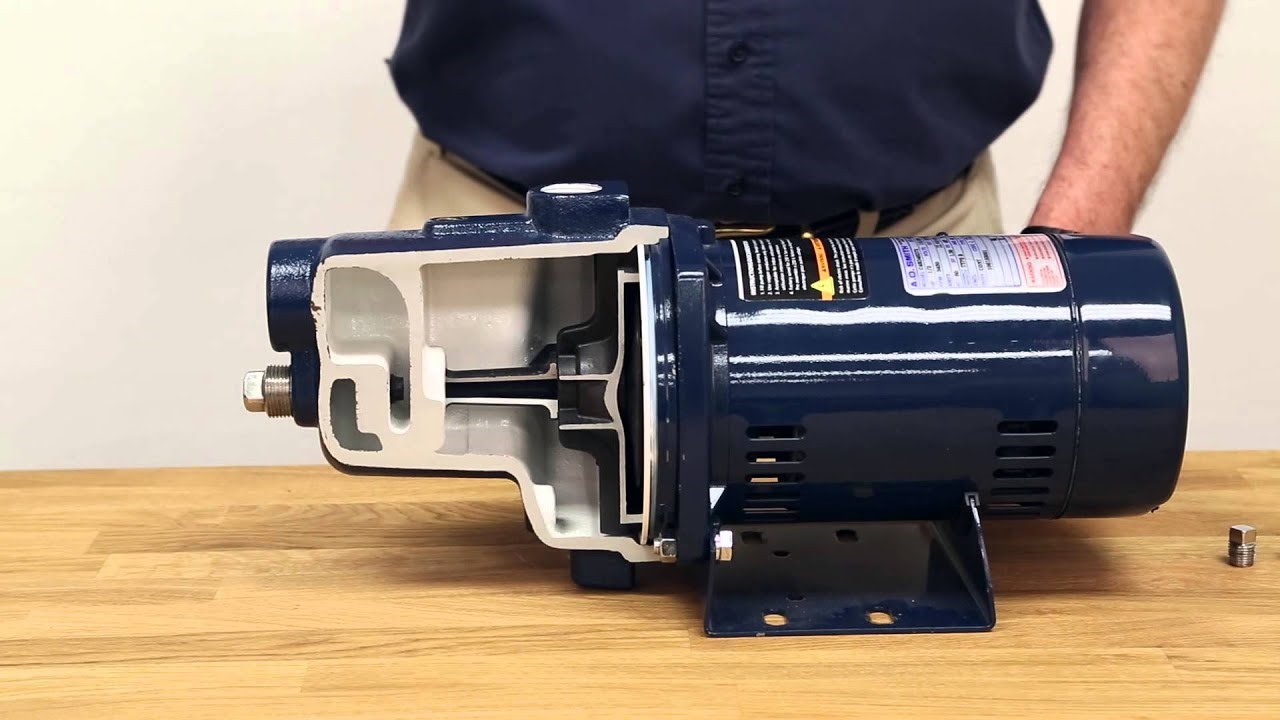
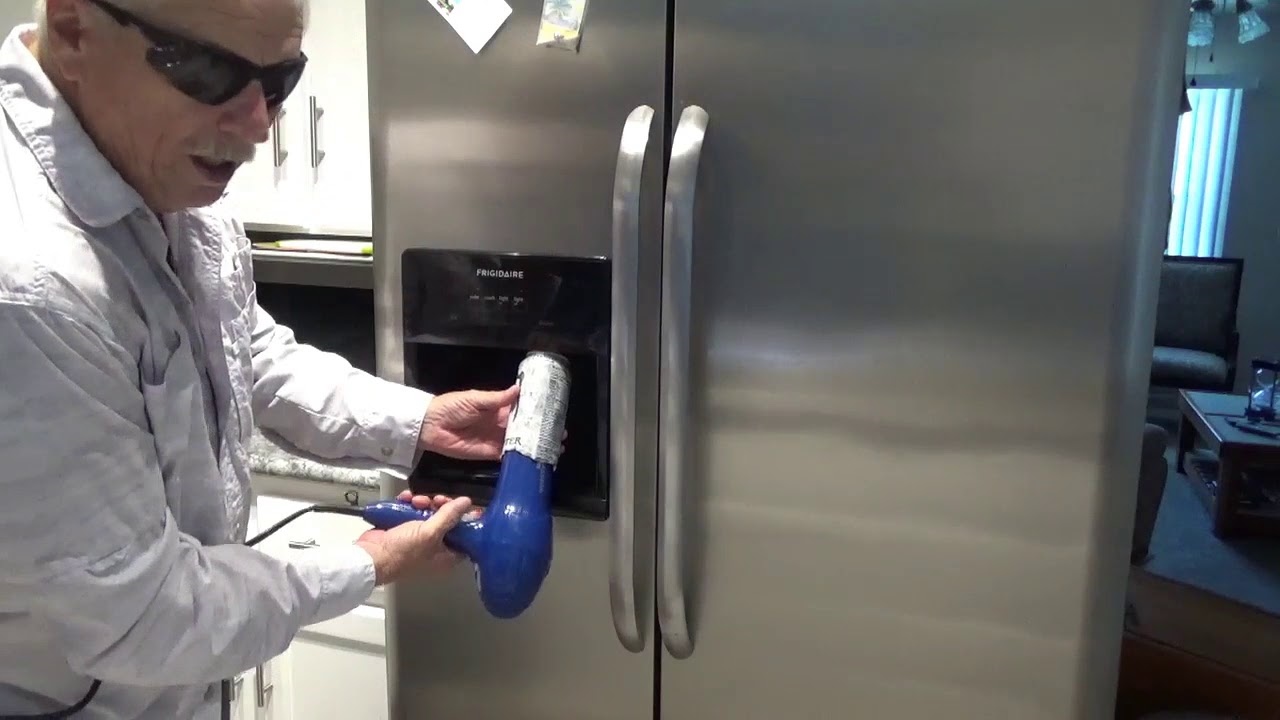
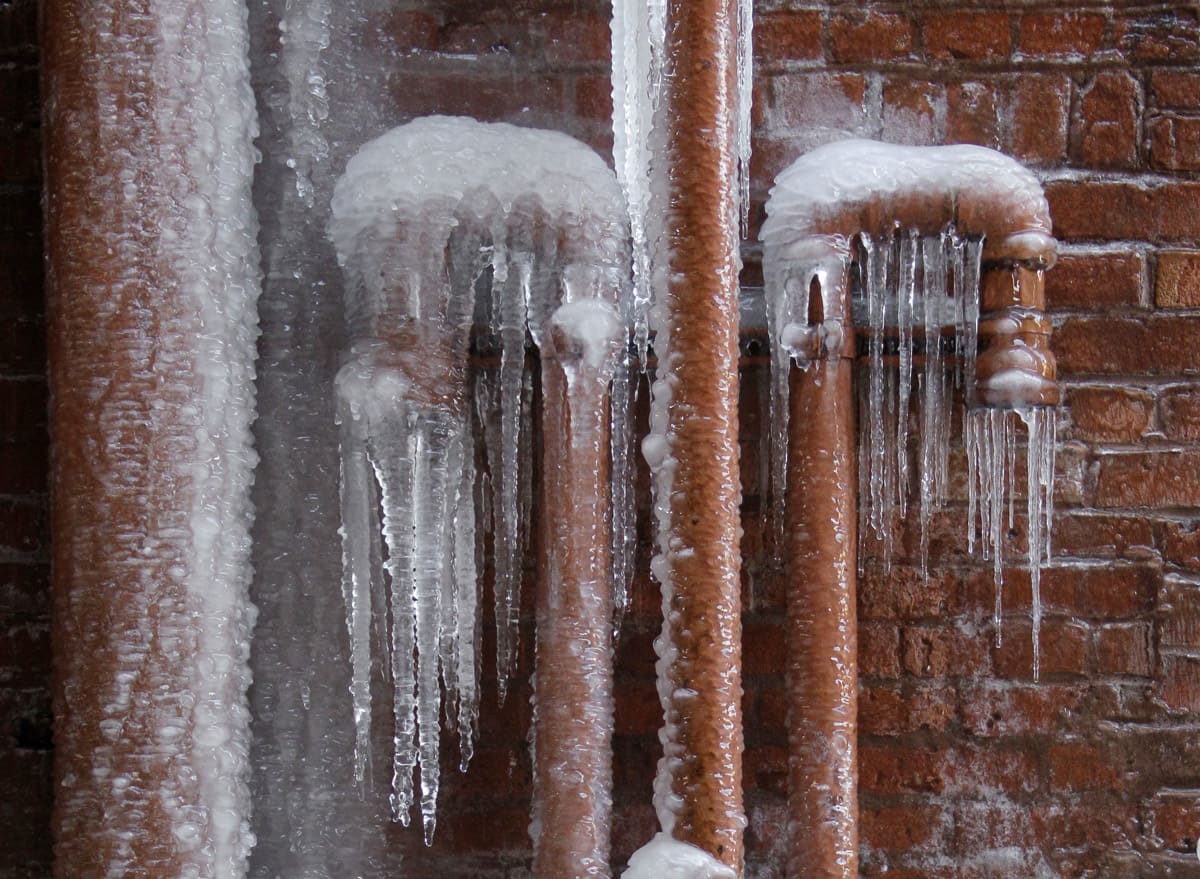
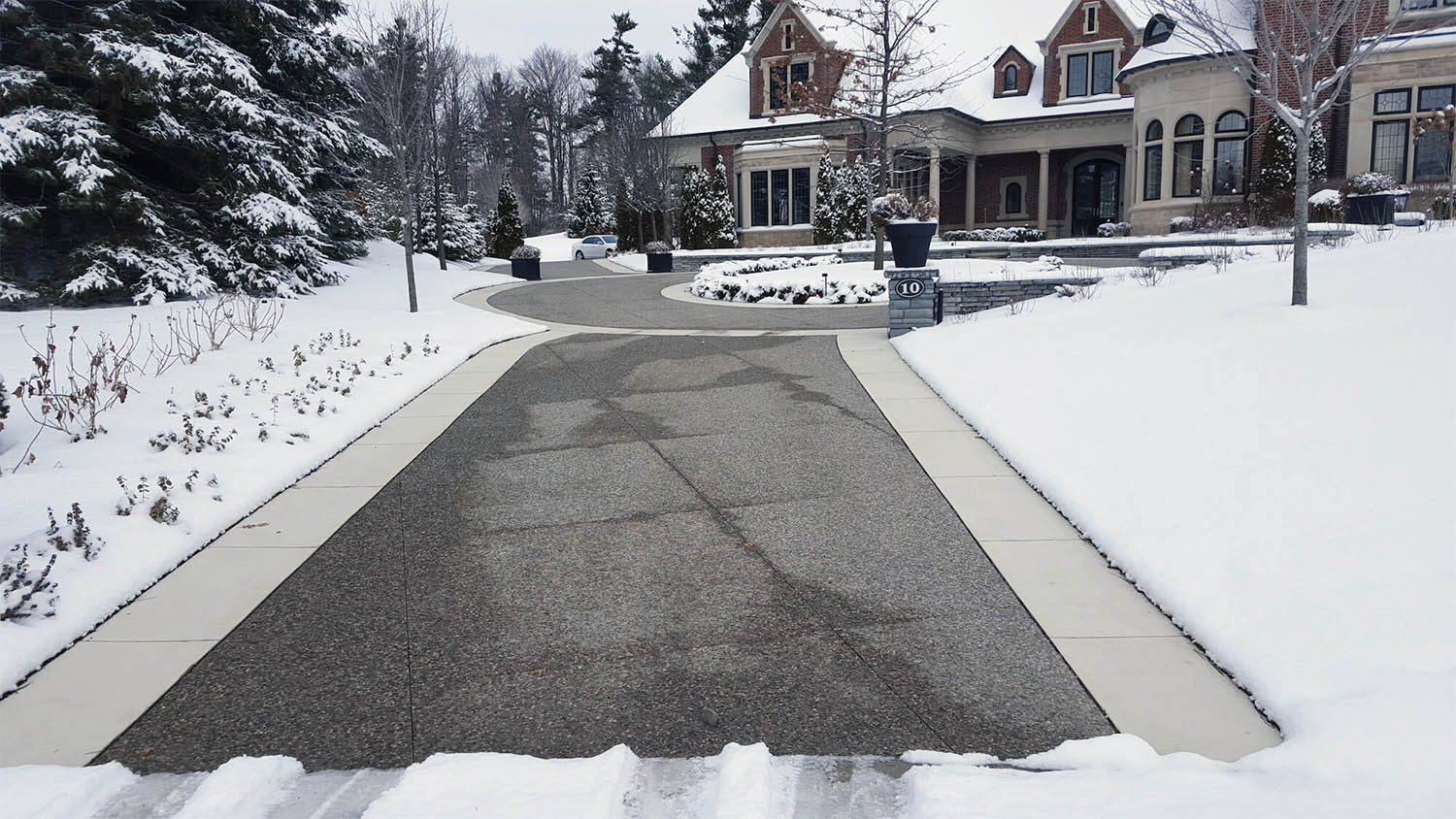
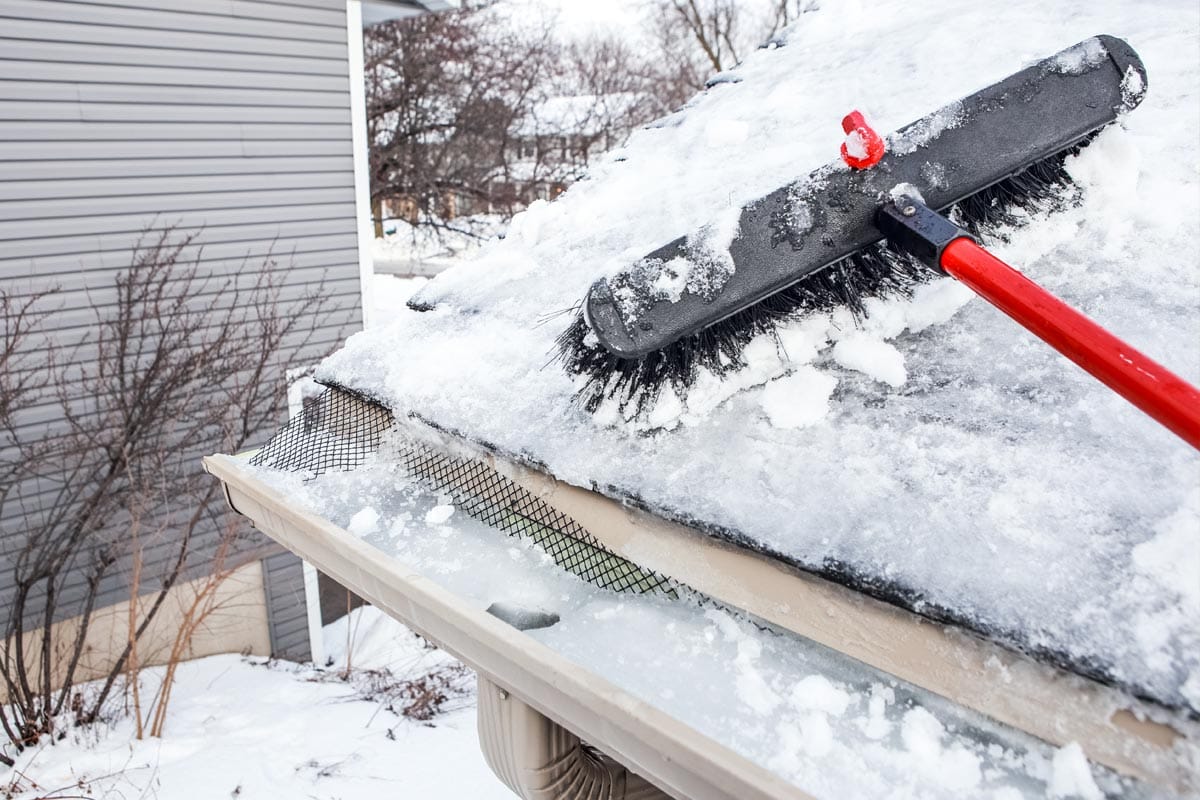
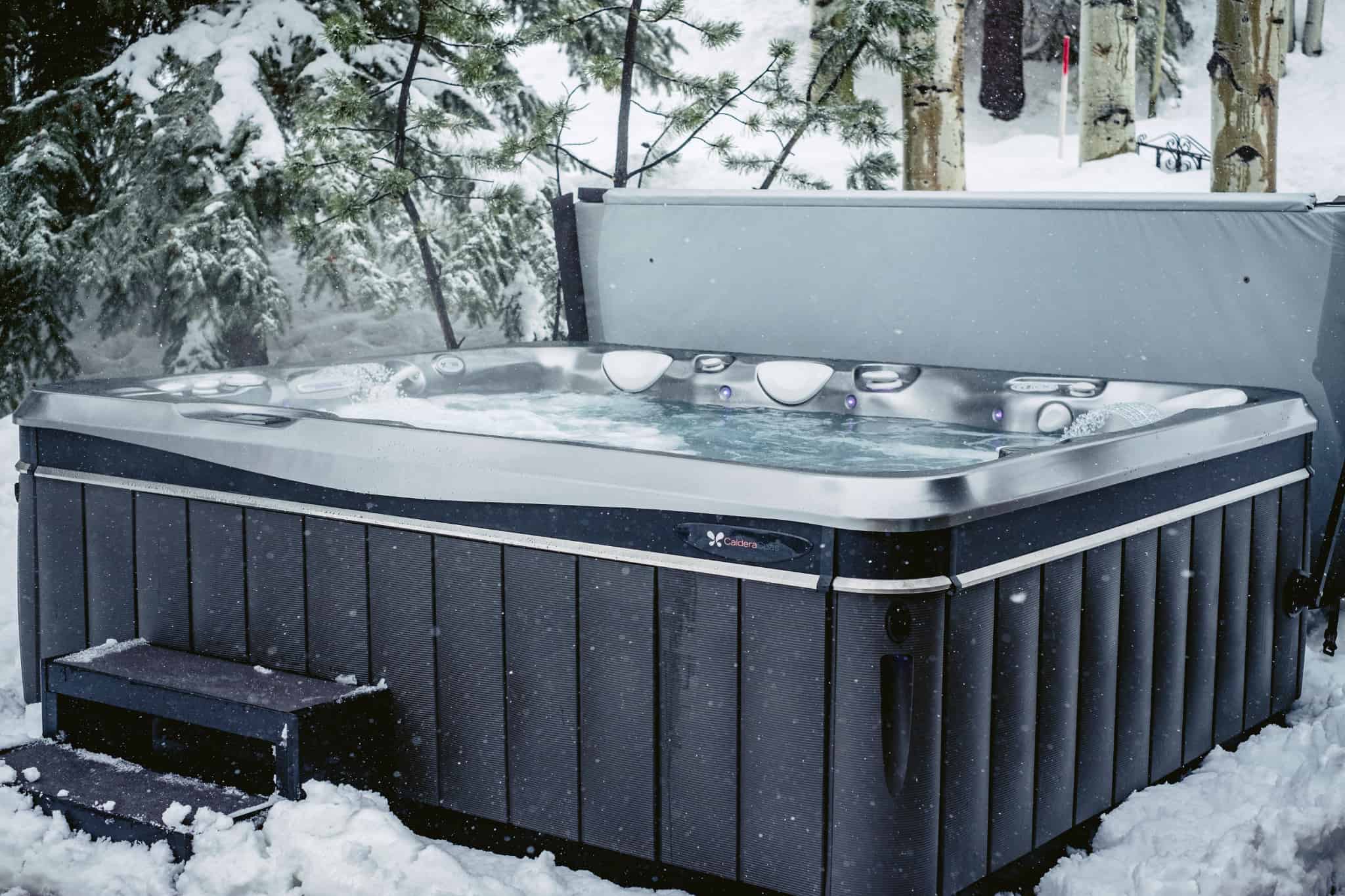
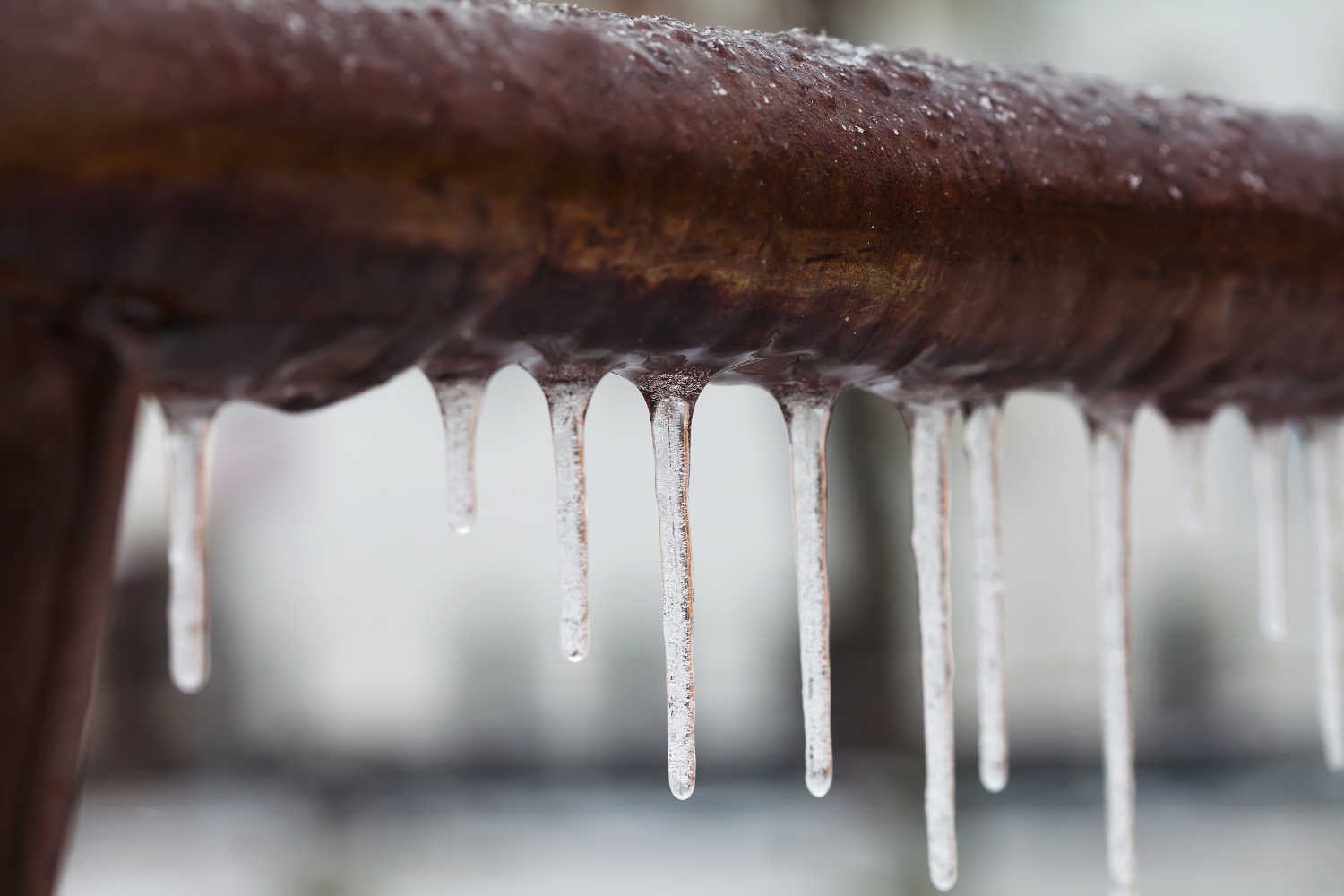
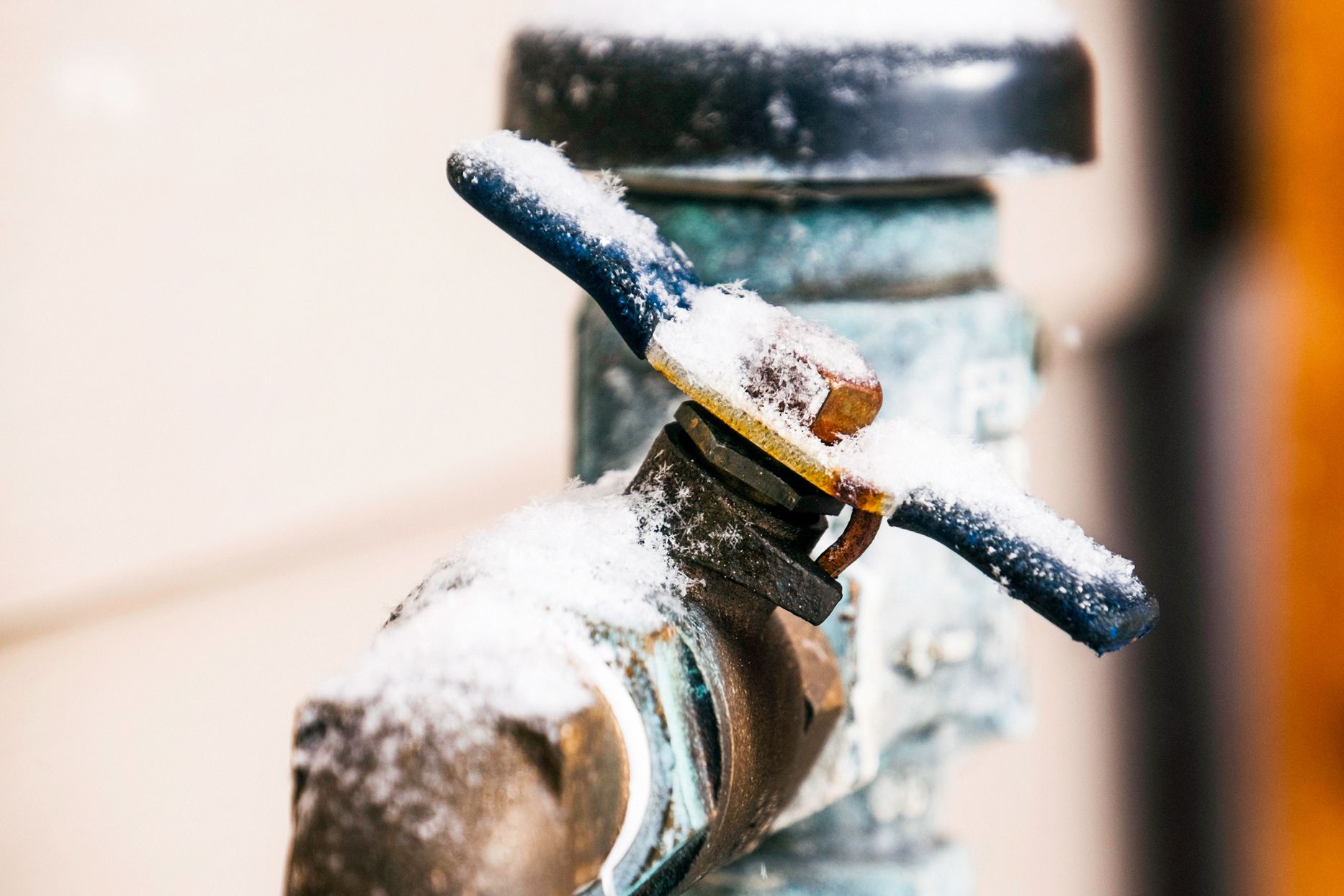
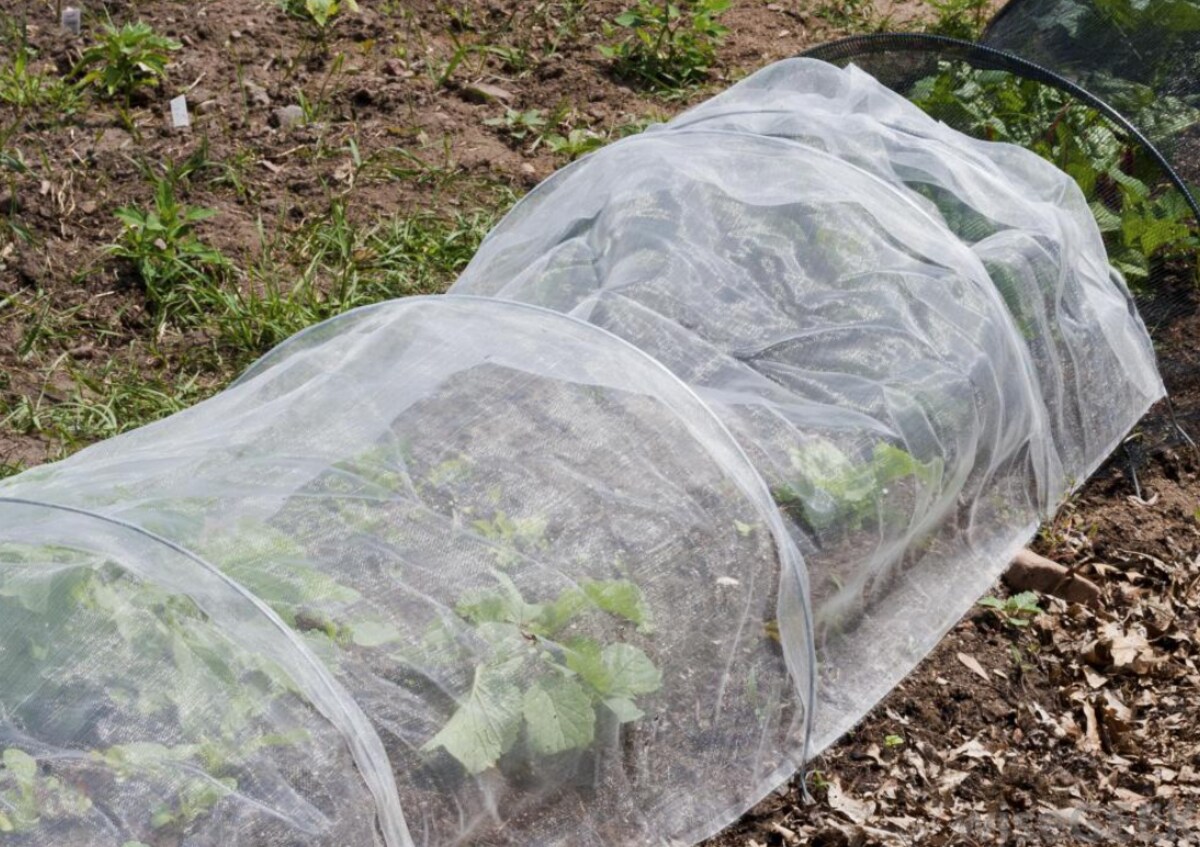
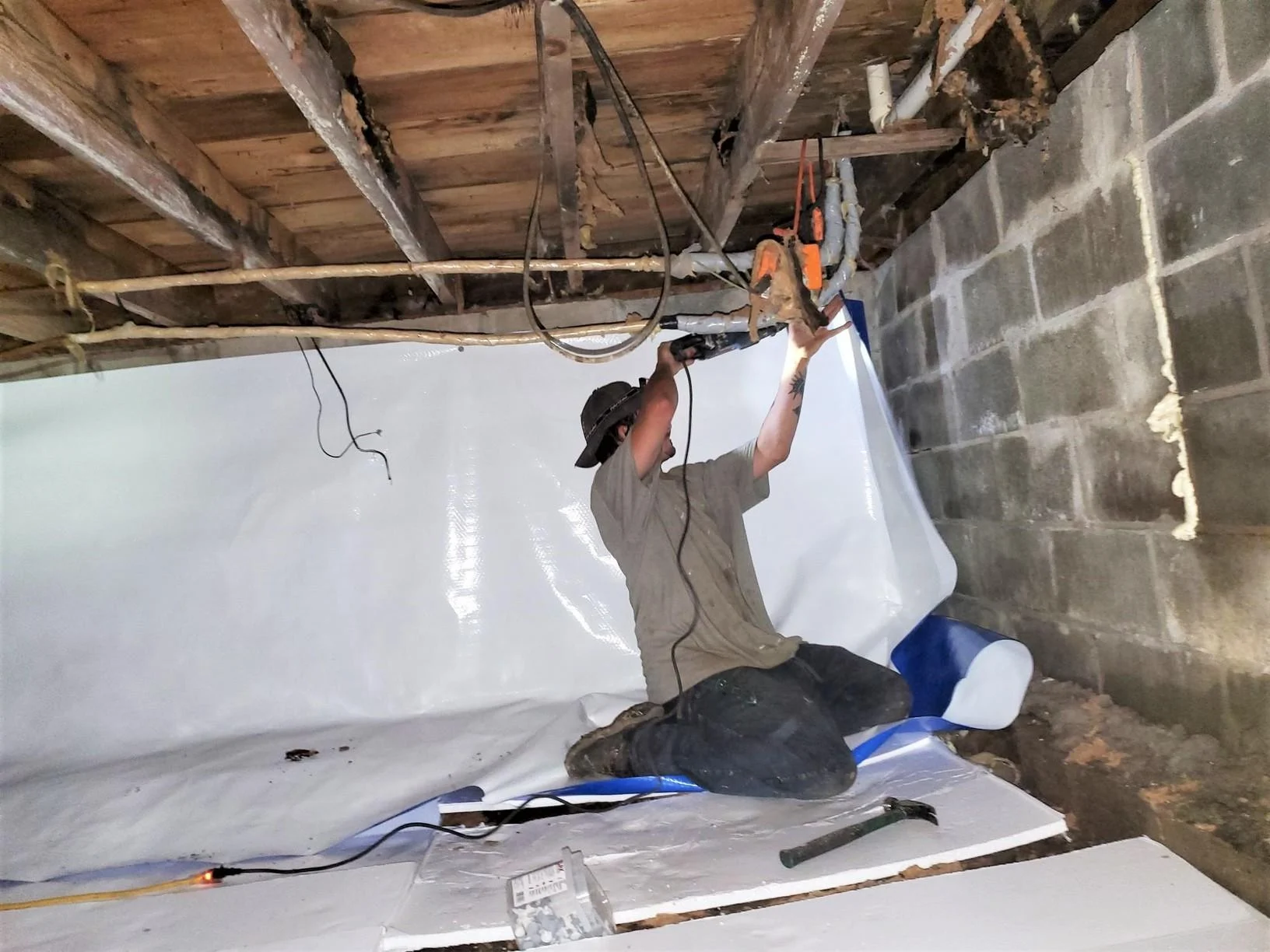
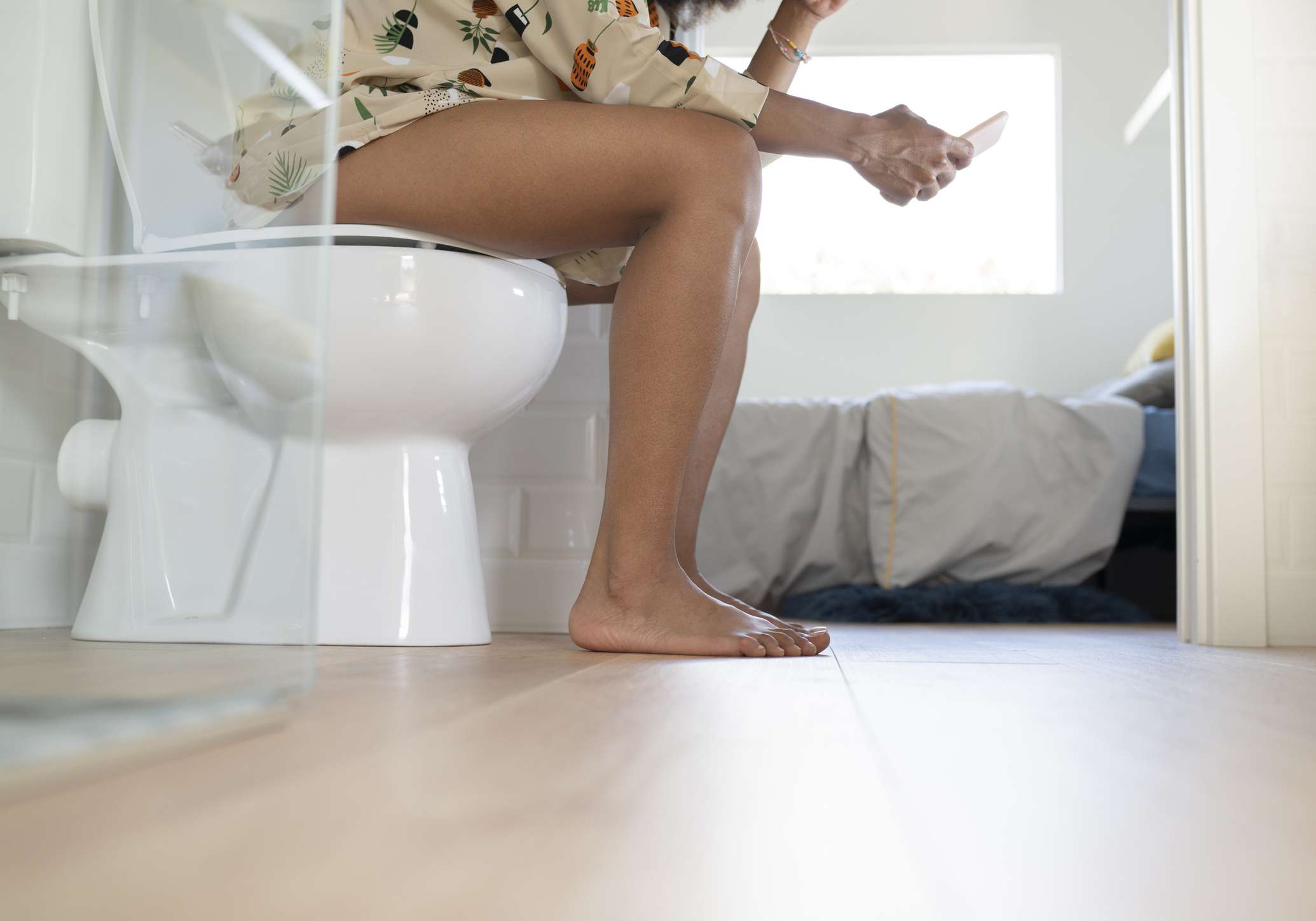
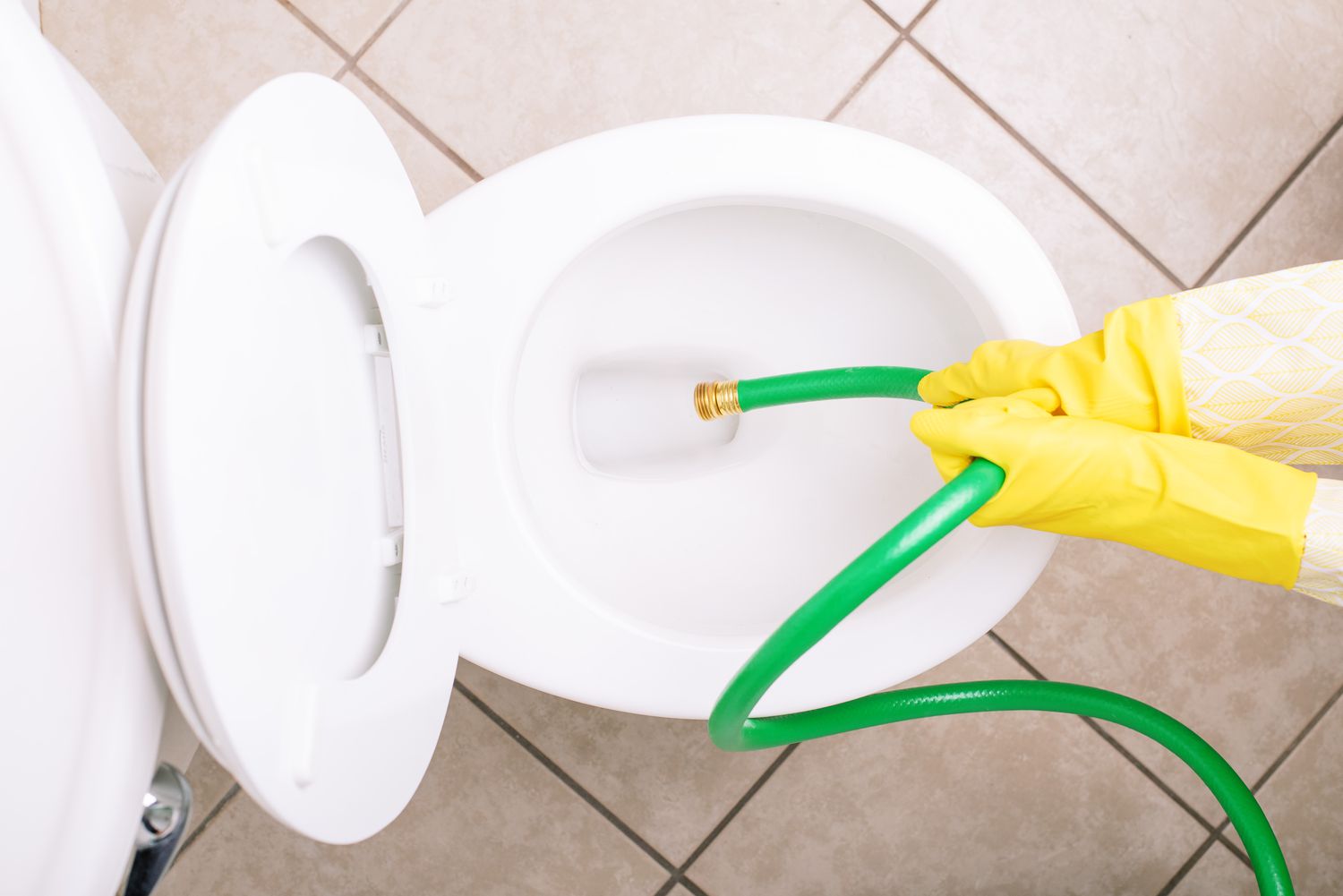
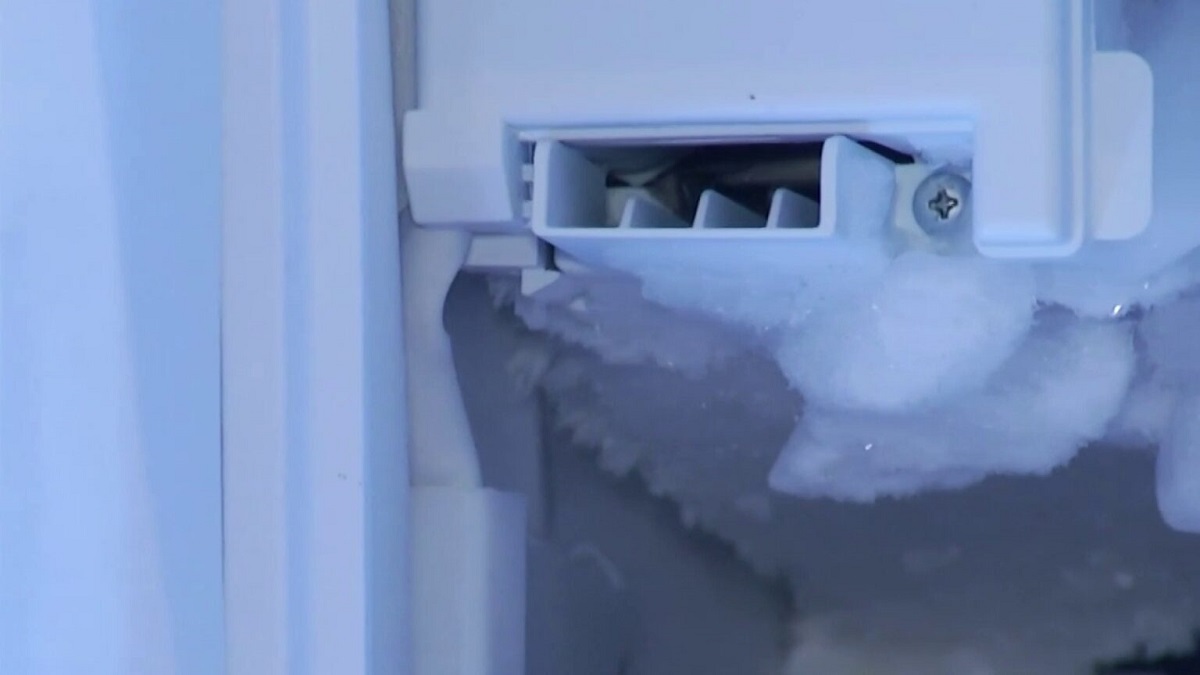
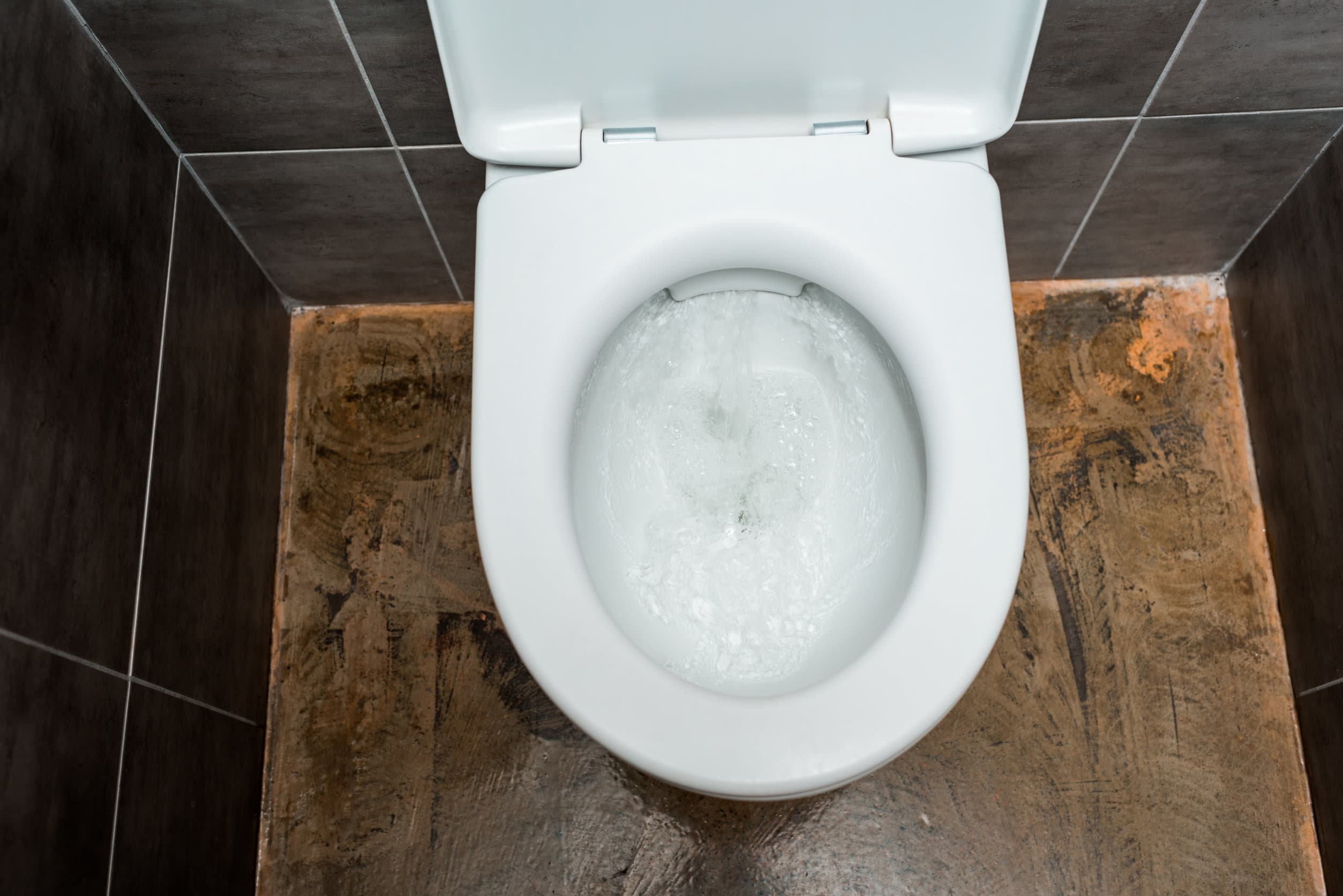

0 thoughts on “How To Keep Outdoor Water Bowls From Freezing”